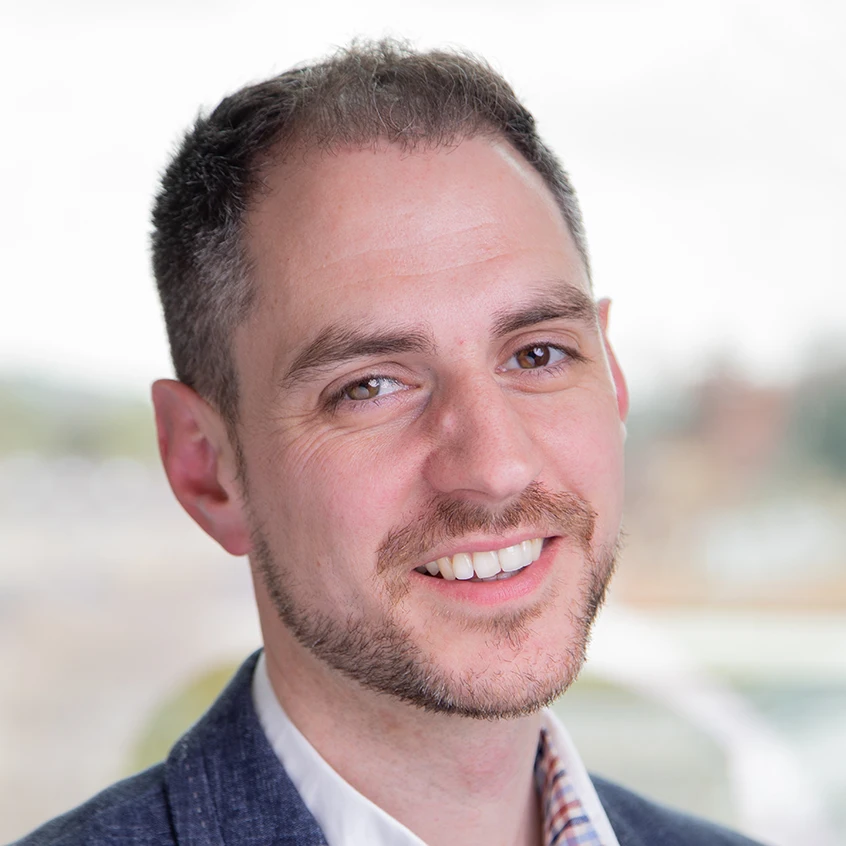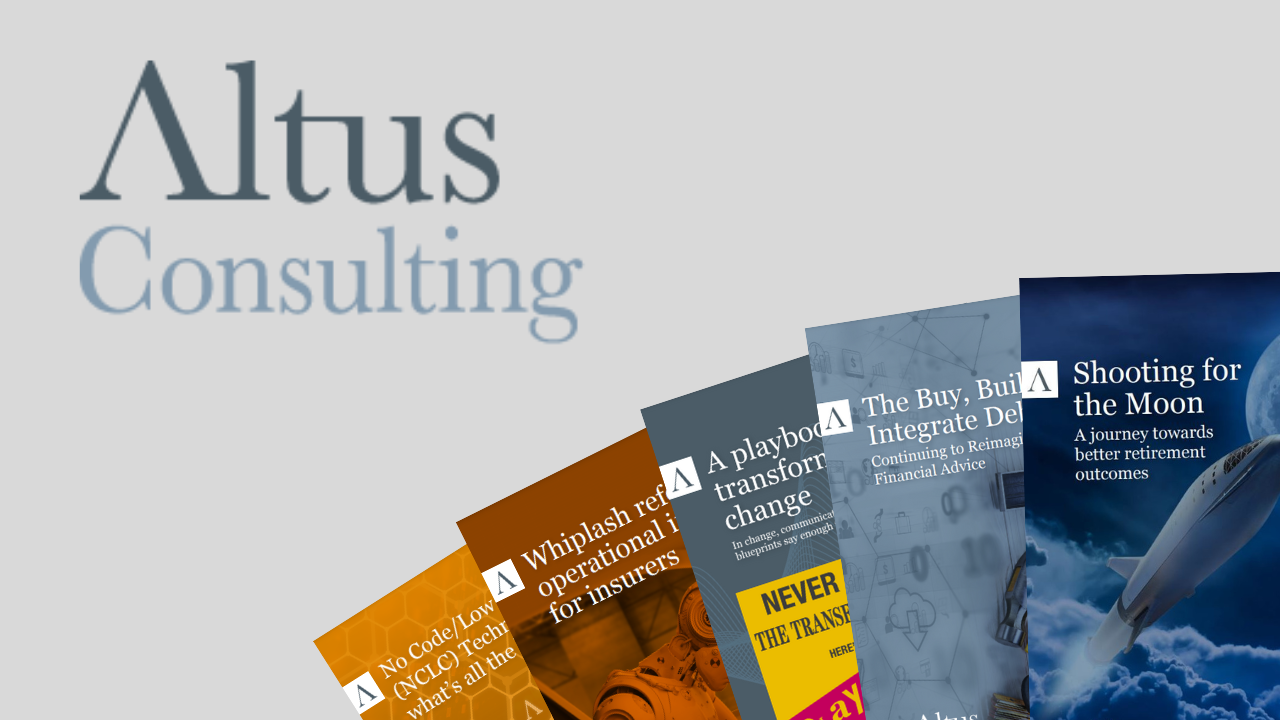Reflecting on my own experience of business transformation during my career in the financial services working with insurers, everything always starts with the desire to strive big. After all, without a significant goal to go after what is the purpose of transforming a business?
A lot of time is spent setting out the right strategic goal, ensuring that it’s measurable and that importantly the Board and Executive Team can get behind it. This will then set the tone at the top, which naturally starts to cascade into turning the strategy into reality. This is where in my view, things start to take shape, and sadly where many programmes of work end up in failure. Risk of failure for digital transformation is believed to be as high as 84% (Forbes) . Significant overspend, considerable time delay and poor estimation of effort are all factors commonly associated with large programmes.
Is the key to successful transformation simply about mindset?
Take for example the success of UK Cycling. When Dave Brailsford took on the role in 2010, he set his sights on turning around British cycling under Team Sky and winning the tour within five years. No mean feat. Within two years in 2012 he achieved this, with Sir Bradley Wiggins becoming the first British cyclist to win the Tour de France. That same year, Brailsford coached the British cycling team at the 2012 Olympic Games where the team won 70% of the gold medals available. In 2013, Team Sky replicated their success by winning the Tour de France again, this time with rider Chris Froome who went on to win a further three times.
How were Team Sky so successful and what does this have to do with transformation?
Through Brailsford’s obsession with analysing all aspect of cycling, seeking out continuous improvements and exploiting 1% improvements, they were able to progressively start to see process improvements. Examples include incremental improvements to the aerodynamic position in the wind tunnel, to some more obscure analysis of the mechanics area in the team truck, discovering that dust was accumulating on the floor, undermining bike maintenance. So they painted the floor white, in order to spot any impurities!
Their strategic approach was familiar to that of business, but with an added difference. To reiterate, their strategy was to win the tour within the next five year, with a further two pillars centred on (i) human performance, including behavioural psychology and optimal performance, and (ii) an emphasis on continuous process improvements.
It’s the further two pillars that I fundamentally believe are where transformation programmes can at times struggle to realise their ambition. People are at the heart of any business. The way insurers operate is no different. When it comes to transformation, aligning the right people to deliver on your strategic intent is critical. All too often this is overlooked as the business becomes too focused on what’s needed to drive the strategic goal, for instance it could be bringing in new technology, or the creation of a new product line.
Similarly, continuous improvements and spending time understanding the core set of capabilities that are required to realise the strategic intent is seem as a nice to have. There is an assumption the ‘the new piece of kit’ will result in the required business capabilities to transform. Reviewing the end-to-end value chain is where I believe there is margin gain for the insurance industry. Seeking out opportunities, aligned to a common goal, is transformation at its best.
When all three are in sync and aligned is when the business will start to see results from their hard work and investment. It’s not without its challenges, but spending the time and effort in understanding end-to-end capabilities will give the business the right blueprint to build a successful transformational roadmap.
There’s no guarantee of a gold medal, or even a knighthood for insurer CEO, however ensuring people and process, as well as technology enhancements, are the core to any transformation will ensure maximum success in realising strategic ambition for insurers. Likewise, encouraging the need to test ideas with an open mindset, and a culture that failure is a learning process to build from to improve the success rate, is so important. Brailsford’s team didn’t always land on the 1% improvement first time, they succeeded because they tried many things, failed on lots and then selected the right approach to improvements.




